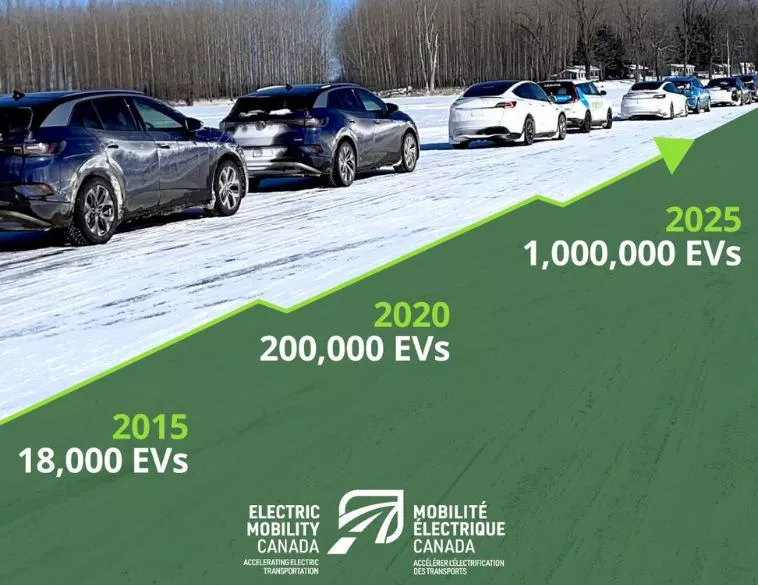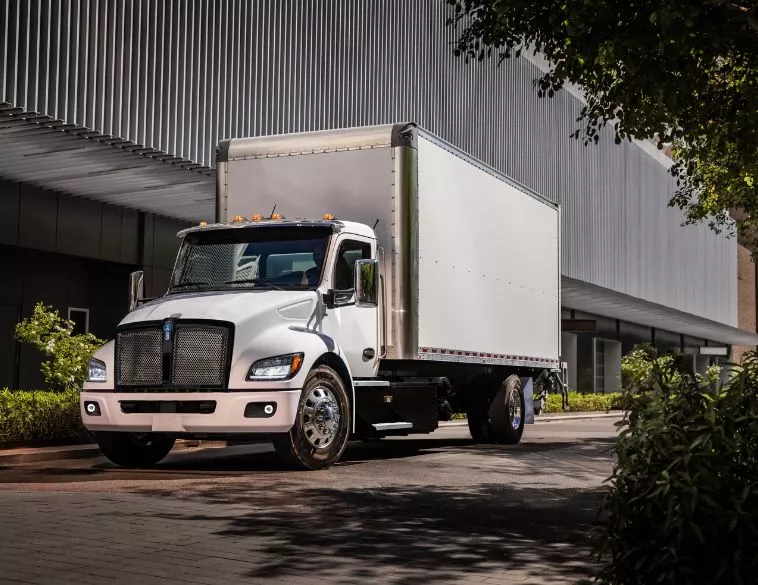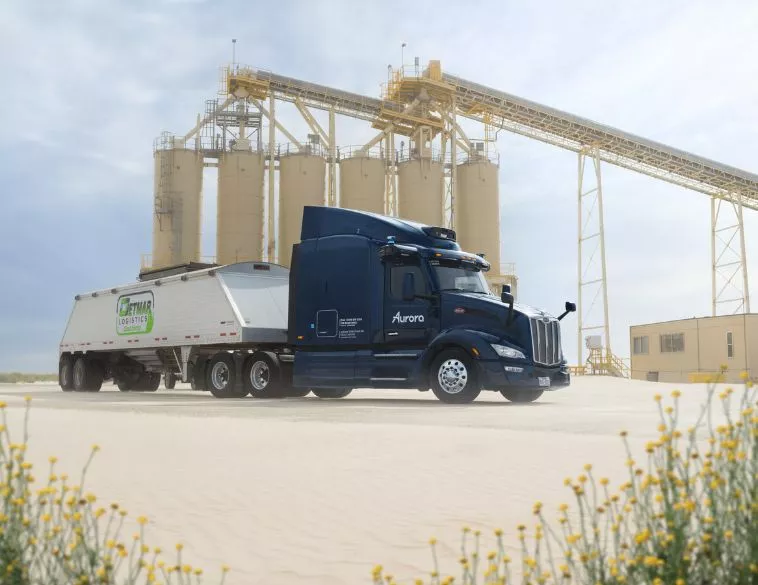Impulsion Summit 2025 Attracts 900 Partners in the Electric Transportation Shift

The Impulsion Summit 2025, an initiative of Propulsion Québec, attracted 900 participants interested in the latest developments in sustainable transportation on March 31 and April 1 at the Montréal Convention Centre.
Michelle LLambias-Meunier, President and CEO of Propulsion Québec, clearly outlined the direction of this major gathering by explaining, at the opening of the summit, that despite current economic and geopolitical uncertainties, the shift toward zero-emission transportation is well underway and that Quebec is particularly well-positioned to develop all the elements necessary for its implementation. "We have the specialized workforce, the resources, and access to green electricity," she summarized. According to her, the Impulsion Summit was intended to be the ideal platform for specialists to exchange ideas and collaborate to find sustainable mobility solutions.
During these three days, 82 speakers and experts exchanged views, often in panel discussions, on best practices in transportation electrification, as well as fleet optimization and the importance of a firm and clear commitment from governments in this direction.
The reduction of government subsidies, particularly the Eco-Trucking Program, was at the heart of discussions. Maxime Boyer, CEO of truck distributor Globocam, explained that for his clients, the presence of long-term subsidies is essential. "Our client businesses need at least a stable five-year horizon to make their equipment and vehicles profitable," emphasized Boyer, highlighting that more than double the amount must be paid for an electric version of a diesel truck.
This point was echoed by several speakers. Kristian Aquilina, President and CEO of General Motors Canada, emphasized that while manufacturers have committed to producing low-emission vehicles, they are captive to the demand of their customers. And for the latter, in a competitive context, absorbing the cost of infrastructure and the price difference of electric vehicles would have a direct negative impact on their profitability.
Several companies have committed to electrifying their vehicle fleets. Conferences guided them in their approaches. These presentations were also supported by an exhibition floor where product and service specialists could offer them more advice on planning charging stations, optimizing routes through telematics, or reducing their fleet to make it more efficient.
In a conference, Romain Taillandier, Vice President, Transportation, Buses and Fleets at WSP, explained that over a 15-year period, operating an electric commercial vehicle would cost a company 30% more than if they had opted for a diesel truck. "The purchase cost is on average 60% higher, an amount to which must be added the cost of charging infrastructure. This margin is reduced by lower operating costs when considering fuel and maintenance savings. If the Eco-Trucking Program were reinstated, then we would be talking about a gap of barely 4 or 5%."
On this subject, it was interesting to hear Catryn Pinard, President and CEO of the carrier Nationex, explain that the gradual decarbonization of her operations stemmed from a growing demand from some of her clients, but that this approach also has the effect of attracting new businesses to her delivery services.
This carrier, which delivers on the last mile using electric vehicles or bicycles, also ensures optimization of its long-distance operations. "We collect data to forecast demand and offer our customers trucks whose size corresponds to their needs," specified Pinard. She also mentioned the idea of partnering with other carriers to optimize vehicle use. Thus, loads could be consolidated even between competing companies for distant and less frequented destinations.
Giving Back to the Grid
Several experts mentioned that dual electricity pricing would be a relatively simple method of making the conversion of commercial transportation to electric profitable. A measure that promises to be unpopular with residential consumers would see the application of a higher electricity rate during peak periods. For commercial electric vehicle fleet managers, bidirectional charging station technology would allow them to inject electricity stored in their truck batteries during the night into the distribution network when demand drives up the price.
"We have the technology, but not the regulations to do it," explained Kamal Al-Haddad, Professor in the Department of Electrical Engineering at the École de Technologie Supérieure (ETS). "There would be real savings to be made by optimizing the use of the resource." A truck charged during the night could resell part of its charge during the half-hour morning peak before hitting the road.
Tests on 1,000 bidirectional charging stations are currently underway in Massachusetts, and summit participants did not hide their frustration at seeing Quebec being outpaced.
The return of financial incentive programs for purchasing electric vehicles and the establishment of dual electricity pricing would be, according to speakers addressing this topic, the two most effective levers to accelerate the decarbonization of transportation in Quebec.






